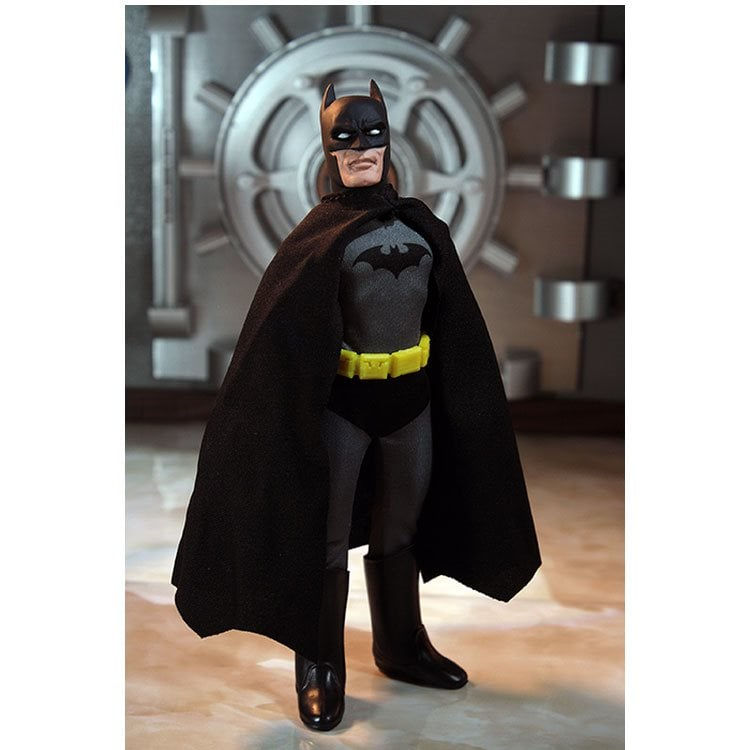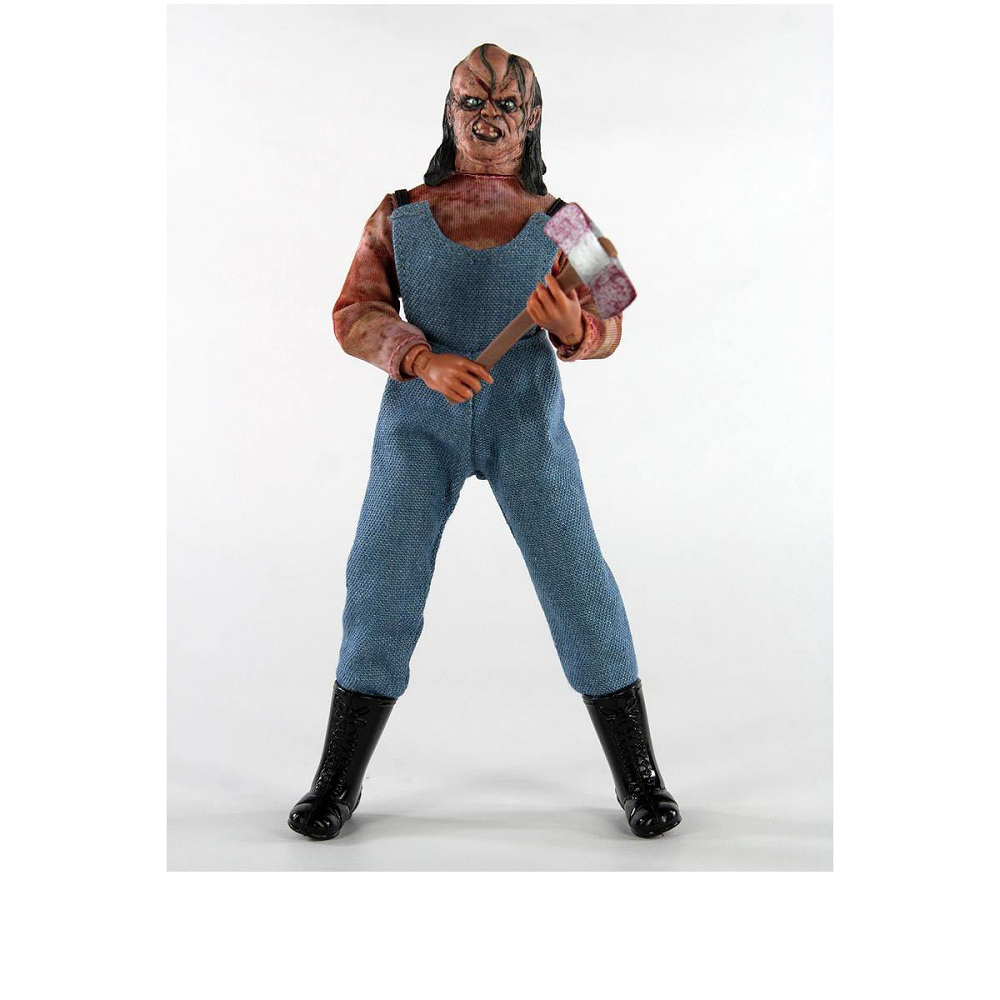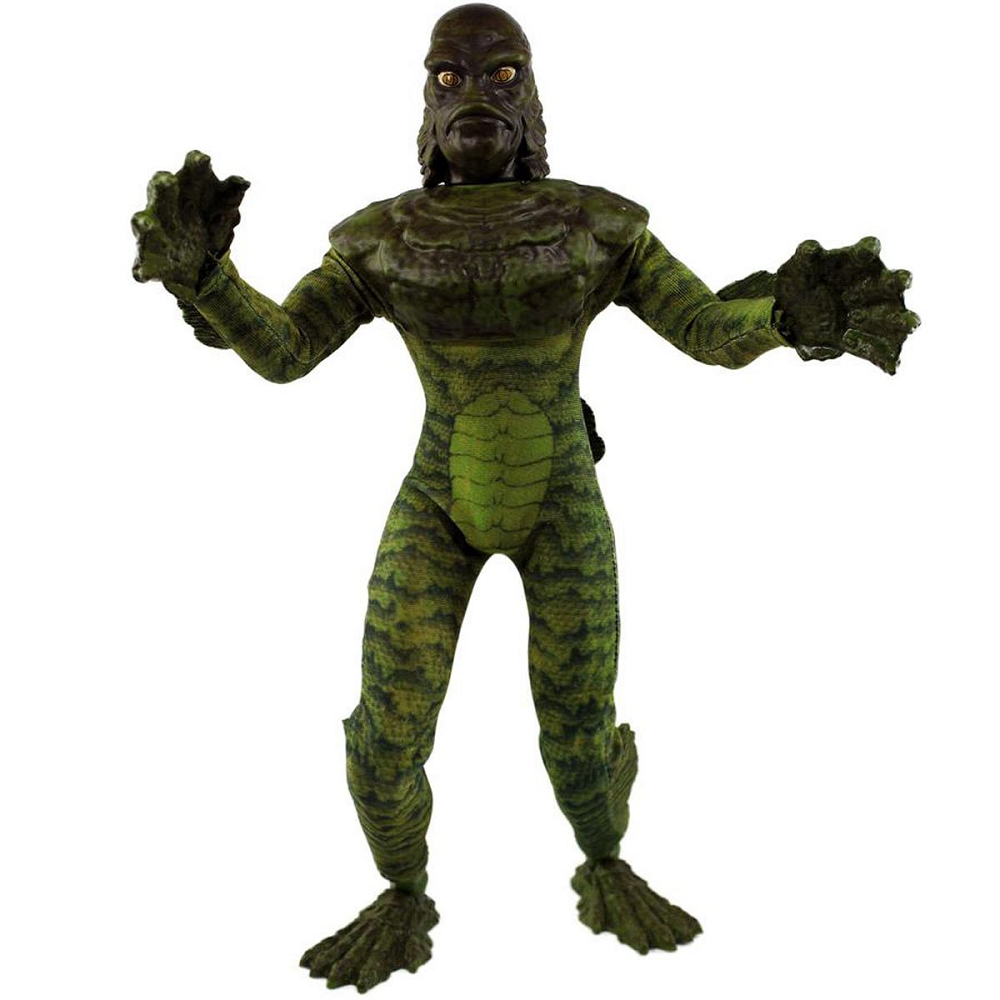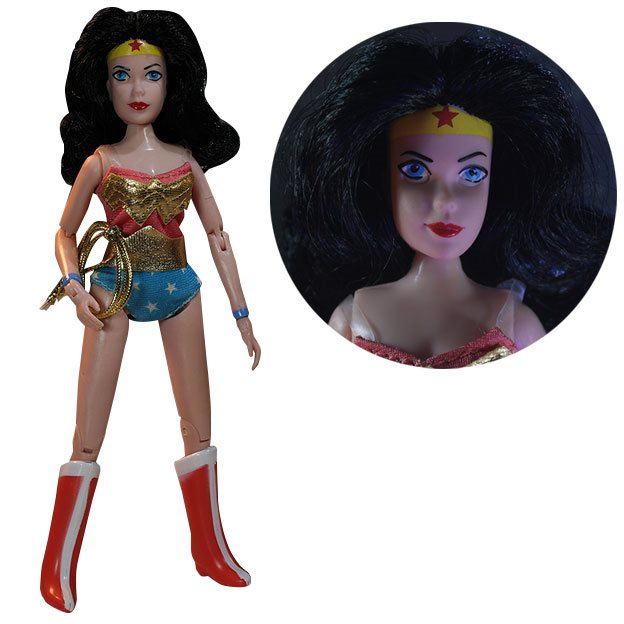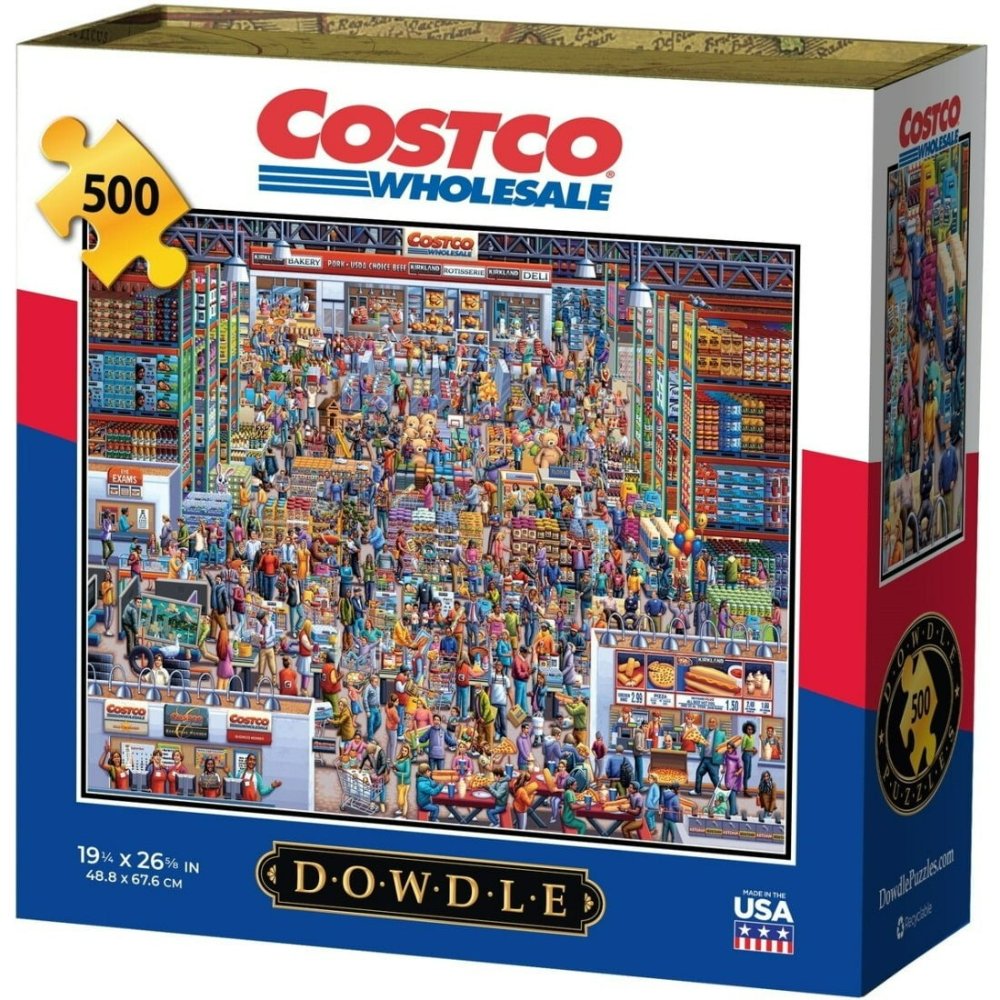Mego action figures hold a special place in the hearts of toy collectors and enthusiasts. These figures, which debuted in the 1970s, have stood the test of time, becoming cherished collectibles. Their unique blend of craftsmanship, character variety, and nostalgic appeal makes them exceptional. In this article, we’ll explore the history, notable lines, craftsmanship, market value, and legacy of Mego action figures. By delving into each of these aspects, we aim to provide a comprehensive guide to understanding and appreciating these iconic toys.
The History of Mego Action Figures
Early Beginnings and Innovation
Mego Corporation launched in 1954, but it wasn’t until the 1970s that they revolutionized the toy industry. Mego found its niche by securing licenses for popular characters from comics, TV shows, and movies. The company’s first major line of action figures was the World’s Greatest Super Heroes, which featured beloved characters from DC and Marvel comics. This line debuted in 1972 and quickly became a huge success.
What set Mego action figures apart was their articulated design. Each figure measured eight inches tall and featured movable joints, making them more dynamic than other toys of the era. Mego also introduced interchangeable clothes and accessories, enhancing the play value. These innovations catapulted Mego to the forefront of the action figure market, setting a new standard for toy manufacturing.
Expansion and Major Licenses
Off the back of their initial success, Mego expanded rapidly. The company secured licenses for an array of characters from the entertainment world. This included properties like Star Trek, Planet of the Apes, and The Wizard of Oz. Each new line broadened Mego’s appeal, attracting fans from all corners of pop culture.
Star Trek figures, introduced in the mid-1970s, were especially popular. Mego’s line featured characters like Captain Kirk, Spock, and the Klingon warrior. Fans were thrilled by the attention to detail and articulation, which allowed for a wide range of poses and actions. Similarly, the Planet of the Apes figures captured the essence of the film’s characters and became highly sought after.
Innovation continued as Mego ventured into other genres, producing figures from popular TV shows like Happy Days and CHiPs. The company’s ability to tap into various fandoms ensured a broad customer base and sustained interest. By the late 70s, Mego had established itself as a leading name in the action figure industry.
The Decline and Rebirth
Despite its success, Mego faced challenges in the early 1980s. The company lost several key licenses to competitors, such as Kenner, which acquired the rights to produce Star Wars action figures. This loss significantly impacted Mego’s market share. Additionally, the rise of video games shifted kids’ interest away from traditional toys.
Financial troubles mounted, and in 1982, Mego filed for bankruptcy. However, the story didn’t end there. In 2018, Marty Abrams, the original founder, relaunched Mego Corporation. The new Mego continued the legacy by producing updated versions of classic figures as well as new characters. This resurgence rekindled interest in Mego action figures, both from long-time collectors and new enthusiasts.
Notable Mego Action Figure Lines
World’s Greatest Super Heroes
The World’s Greatest Super Heroes line remains one of Mego’s most iconic contributions to the toy industry. Launched in 1972, this line included beloved characters from DC and Marvel comics. Figures like Superman, Batman, Spider-Man, and Captain America became household names, thanks in part to Mego’s innovative designs.
These figures were known for their detailed costumes and accessories. Each came with a unique, removable outfit, replicating the look of its comic book counterpart. For example, Batman came with a cloth cape, utility belt, and cowl. This attention to detail set Mego apart from other toy lines of the time.
Collectors today still seek out these figures, and complete sets in good condition can fetch high prices. The World’s Greatest Super Heroes line laid the foundation for Mego’s success and remains a high point in the company’s history.
Star Trek
Mego’s Star Trek action figures, introduced in 1974, captured the hearts of Trekkies worldwide. The line featured key characters such as Captain Kirk, Mr. Spock, Dr. McCoy, and the Klingon warrior. Each figure included accessories like phasers and tricorders, enhancing their playability and appeal.
Mego’s Star Trek figures stood out for their accuracy and articulation. The likenesses captured the essence of the TV show’s characters, making them instantly recognizable. The figures also featured multiple points of articulation, allowing for a range of poses and actions. This combination of detail and playability made the Star Trek line a standout in Mego’s portfolio.
The line’s success extended beyond individual figures, with Mego also producing playsets like the U.S.S. Enterprise bridge. These sets allowed fans to recreate scenes from the show, further immersing them in the Star Trek universe. The popularity of the Star Trek line has endured, and these figures remain prized by collectors today.
Planet of the Apes
Launched in 1974, Mego’s Planet of the Apes line brought the dystopian world of the movies into fans’ hands. The line included key characters like Dr. Zaius, Cornelius, and General Ursus. Each figure featured detailed costumes and accessories, true to their on-screen counterparts.
What set the Planet of the Apes figures apart was their futuristic yet primitive design. The figures captured the unique aesthetic of the movies, with a high level of detail in their sculpting and clothing. Mego’s use of soft, flexible materials allowed for realistic poses, enhancing the figures’ playability.
The line also included various playsets and vehicles, such as the Treehouse playset and the Action Stallion. These additions provided a richer play experience, allowing fans to recreate scenes from the films. The Planet of the Apes line remains one of Mego’s most innovative and beloved collections, still highly sought after by collectors.
The Wizard of Oz
Mego’s The Wizard of Oz line, introduced in 1974, brought the magic of the classic film to life. The line featured iconic characters such as Dorothy, the Scarecrow, the Tin Man, and the Wicked Witch of the West. Each figure was meticulously designed to capture the essence of the character, complete with detailed costumes and accessories.
Dorothy, for example, came with her signature blue gingham dress and ruby slippers. The Scarecrow included a fabric coat and removable hat, while the Tin Man had a shiny metallic finish. The Wicked Witch of the West featured a removable hat and broomstick, adding to the line’s authenticity.
These figures appealed to both children and collectors, becoming cherished items over the years. The Wizard of Oz line showcased Mego’s commitment to quality and attention to detail, solidifying its reputation as a top-tier toy manufacturer.
Craftsmanship and Design
Articulation and Materials
Mego’s action figures were groundbreaking for their time, offering superior articulation and materials. Each figure featured multiple points of articulation, including movable joints at the neck, shoulders, elbows, wrists, hips, knees, and ankles. This allowed for a wide range of poses and actions, making the figures more dynamic and engaging.
The materials used in Mego figures were also of high quality. The bodies were typically made of durable plastic, while the costumes were crafted from fabric. This combination provided both durability and a sense of realism. The fabric costumes allowed for more detailed and accurate representations of the characters, enhancing their appeal.
Mego’s use of interchangeable parts and accessories further elevated their figures. Collectors could mix and match clothes and accessories, creating custom outfits and characters. This versatility added to the figures’ play value and collectibility, making them a hit among fans.
Sculpting and Likeness
One of Mego’s standout features was their attention to sculpting and likeness. The company invested in high-quality sculpting to ensure that each figure accurately represented its character. This was particularly important for figures based on real people or live-action characters, such as those from Star Trek or The Wizard of Oz.
Mego’s sculptors paid close attention to details like facial features, expressions, and body proportions. This level of detail made the figures more recognizable and authentic, appealing to fans of the source material. The likenesses were often praised for their accuracy, with fans appreciating the effort put into capturing the essence of each character.
The sculpting quality extended to the accessories and costumes as well. Items like Batman’s utility belt or Spock’s tricorder were designed with the same level of care, ensuring a cohesive and high-quality product. This attention to detail set Mego apart from other toy manufacturers and contributed to their lasting appeal.
Packaging and Presentation
Mego also excelled in packaging and presentation. The packaging was designed to be eye-catching and functional, with colorful boxes and blister packs that showcased the figures effectively. The box art often included vibrant illustrations and photographs, highlighting the characters and their accessories.
The packaging not only protected the figures but also added to their collectibility. Mint-condition figures in their original packaging are highly prized by collectors, often fetching high prices. The packaging served as a visual extension of the figures, enhancing their appeal and making them more desirable.
Mego’s thoughtful packaging design reflected their commitment to quality and attention to detail. It ensured that each figure arrived in perfect condition, ready to be displayed or played with. This holistic approach to design and presentation solidified Mego’s reputation as a leading toy manufacturer.
The Collectible Market
Value and Rarity
Mego action figures have become highly collectible, with their value and rarity driving demand in the market. Figures from the 1970s and 1980s are particularly sought after, especially those in mint condition or original packaging. The value of these figures can vary significantly based on factors like condition, rarity, and completeness.
Limited-edition figures or those from short-lived lines tend to be more valuable. For example, the Star Trek Aliens line, which included characters like the Andorian and Mugato, is highly prized due to its rarity. Similarly, rare variants and foreign editions can fetch high prices among collectors.
The market for Mego figures is active, with collectors constantly seeking to add to their collections. Online auction sites, specialized toy conventions, and collector forums are popular places to buy and sell these figures. The value of Mego figures has steadily increased over the years, reflecting their enduring appeal and significance in the toy industry.
Tips for Collectors
For those interested in collecting Mego action figures, there are several tips to keep in mind. First, always prioritize condition. Figures in mint condition, especially those with original packaging, are more valuable and desirable. Look for figures with minimal wear, intact accessories, and vibrant colors.
Researching each line and its variants can also be beneficial. Understanding the different versions and their rarity can help collectors make informed decisions. Joining collector groups and forums provides access to valuable information and connects collectors with others who share their passion.
Storage and display are also important considerations. Proper storage can preserve the condition of the figures, preventing damage and deterioration. Displaying figures in a dust-free environment away from direct sunlight can maintain their appearance and value.
Building relationships with reputable sellers and dealers can also be advantageous. Trusted sources are more likely to offer authentic and high-quality figures, ensuring a positive collecting experience. By following these tips, collectors can build a valuable and enjoyable Mego action figure collection.
The Legacy of Mego Action Figures
Cultural Impact
Mego action figures have left a lasting cultural impact, influencing the toy industry and becoming a cherished part of pop culture. Their innovative design and licensing strategy set a new standard in the toy market, inspiring future generations of action figures. Mego’s ability to capture the essence of popular characters made them a beloved brand among fans.
The figures also played a role in shaping the childhoods of many. For those who grew up in the 1970s and 1980s, Mego action figures provided countless hours of imaginative play. Reenacting scenes from comics, TV shows, and movies with these figures sparked creativity and connection to the characters.
Mego’s influence extended beyond toys, impacting merchandising and licensing strategies across various industries. Their success demonstrated the potential of character-based merchandise, paving the way for other companies to explore similar ventures. The legacy of Mego action figures is evident in the continued popularity and nostalgia they evoke.
Modern Revival
The revival of Mego in 2018 marked a new chapter in the company’s history. Led by original founder Marty Abrams, the re-launched Mego Corporation introduced new versions of classic figures and ventured into new licenses. This revival reignited interest in Mego action figures, attracting both long-time fans and new collectors.
The modern figures retained the beloved design elements of the originals, such as articulation and detailed costumes, while incorporating updated materials and technology. The blend of nostalgia and modern innovation appealed to a wide audience, ensuring the continued relevance of Mego in the contemporary toy market.
Mego’s return also highlighted the enduring appeal and significance of their action figures. The success of the revival demonstrated that the charm and quality of Mego figures still resonate with collectors and fans. This modern resurgence has cemented Mego’s legacy as a pioneering and influential force in the world of action figures.
Conclusion
Mego action figures have captivated generations of toy enthusiasts with their innovative design, detailed craftsmanship, and diverse character selection. From the iconic World’s Greatest Super Heroes line to beloved franchises like Star Trek and Planet of the Apes, Mego has left an indelible mark on the toy industry. The company’s ability to combine quality, playability, and collectibility has ensured its lasting appeal.
The revival of Mego in recent years has brought these cherished figures back into the spotlight, rekindling interest among collectors and fans. The legacy of Mego action figures endures, reflecting their cultural impact and significance.
For collectors and enthusiasts, Mego action figures offer a delightful journey into the world of imagination and nostalgia. Whether you are a seasoned collector or a newcomer, exploring the diverse and vibrant world of Mego action figures is sure to be a rewarding experience. Dive into the world of Mego, and discover the timeless magic that has made these figures a cherished part of pop culture history.
